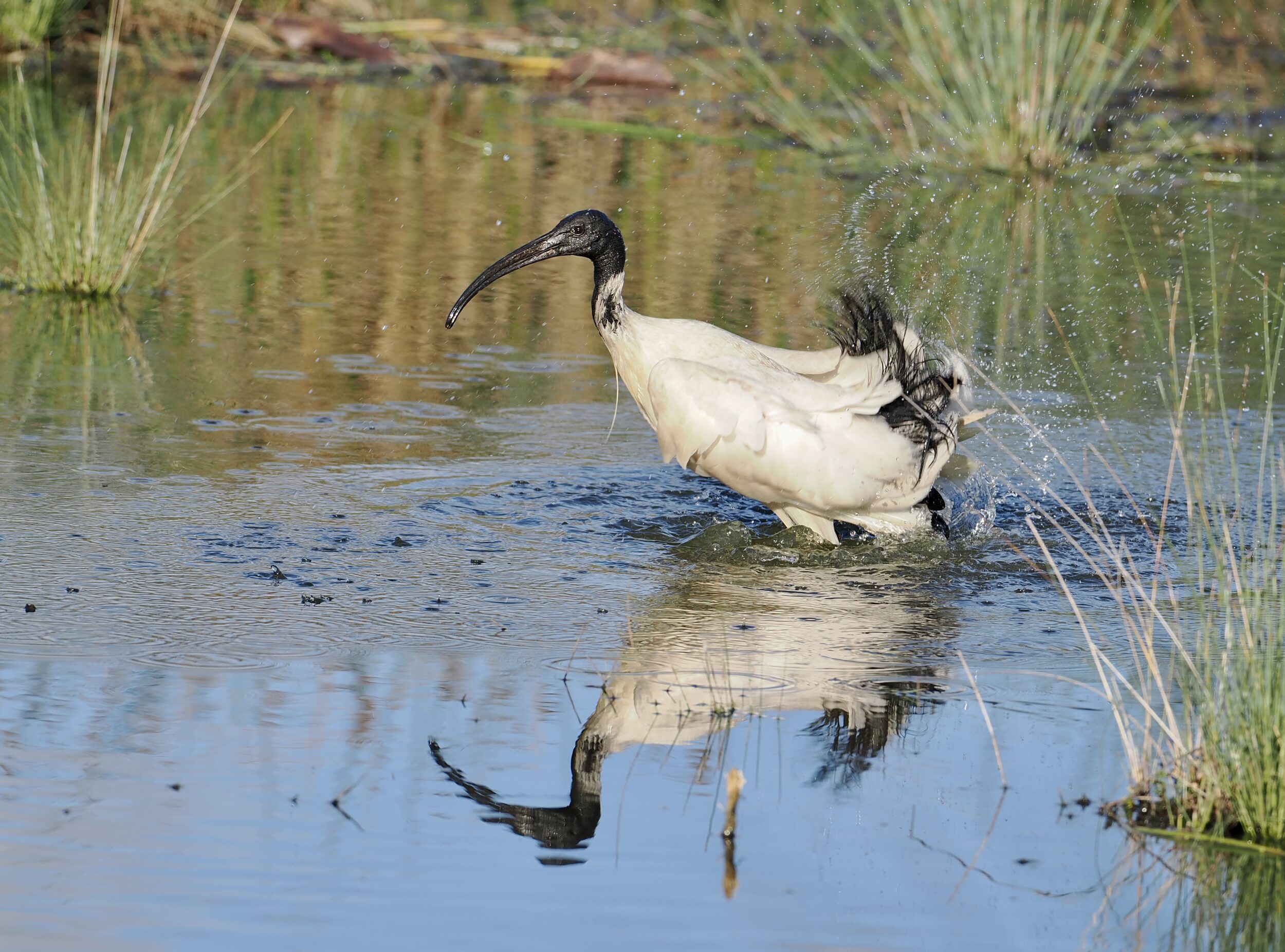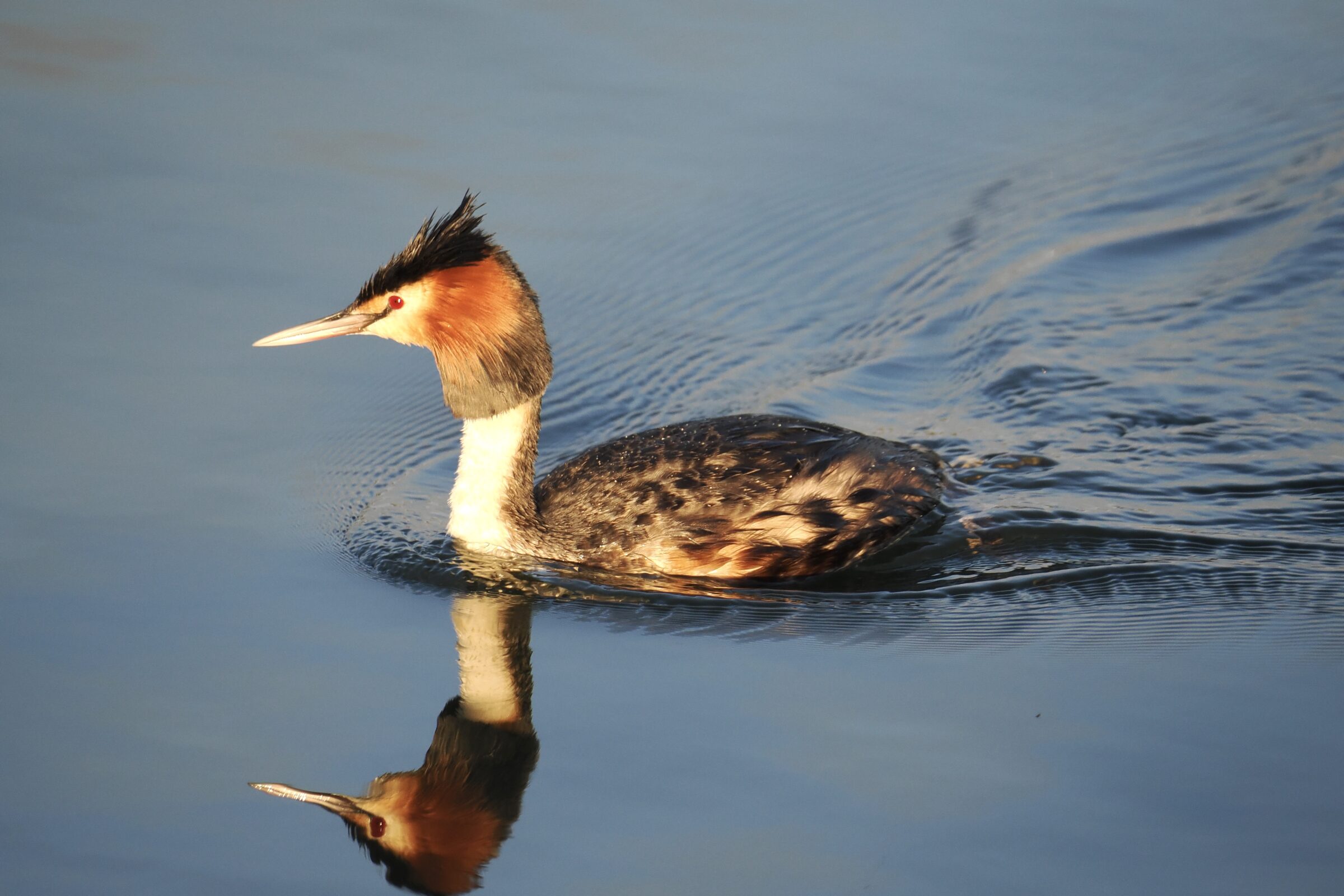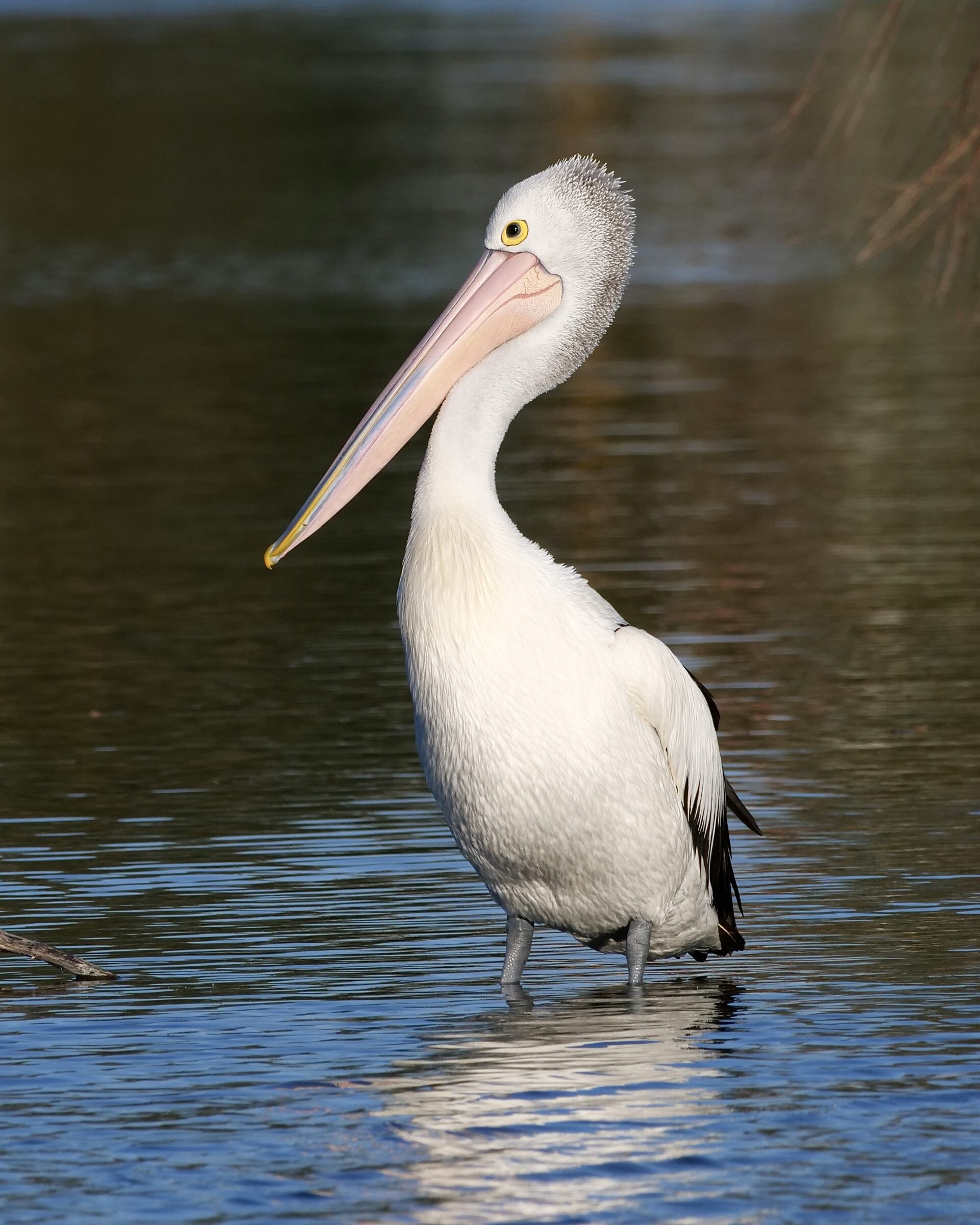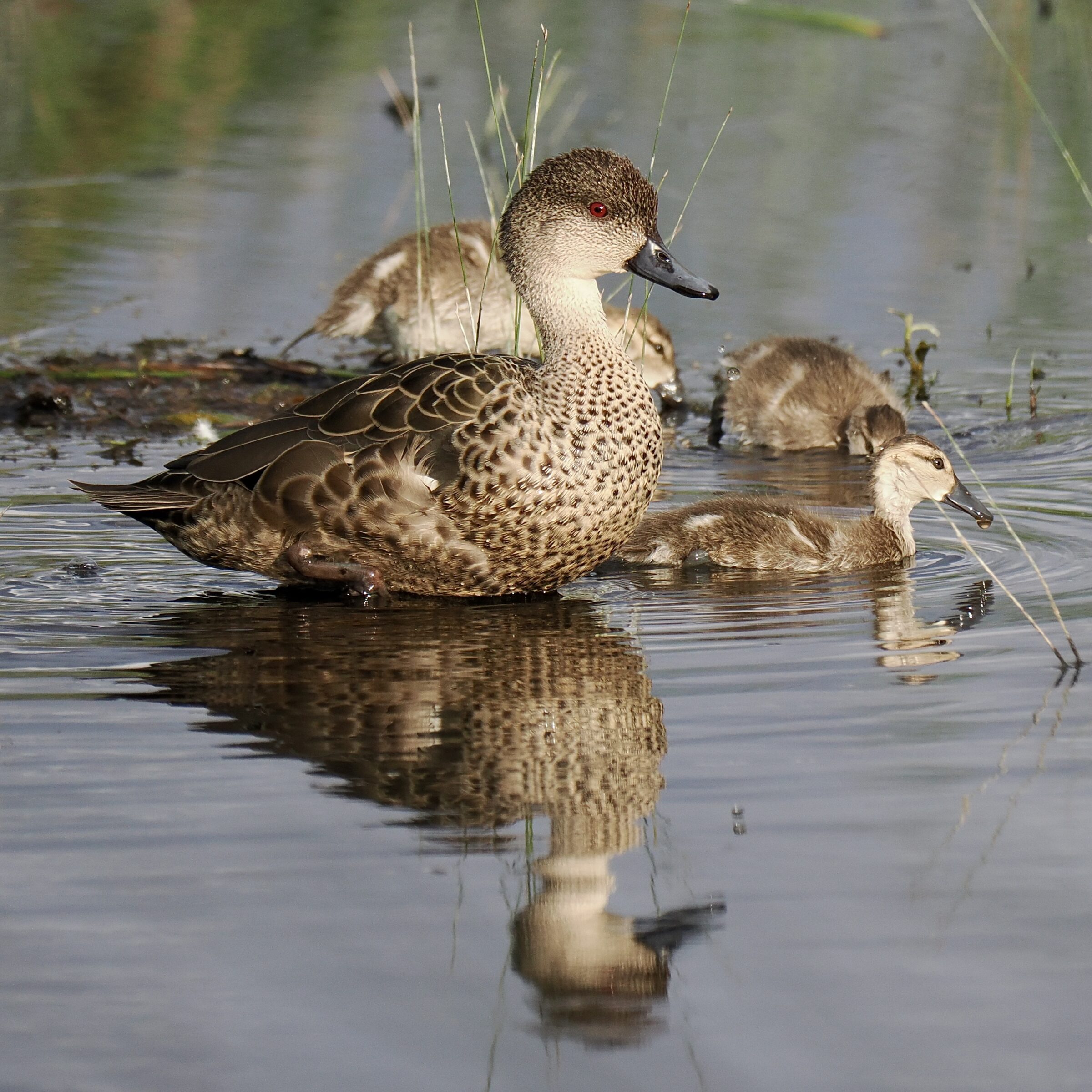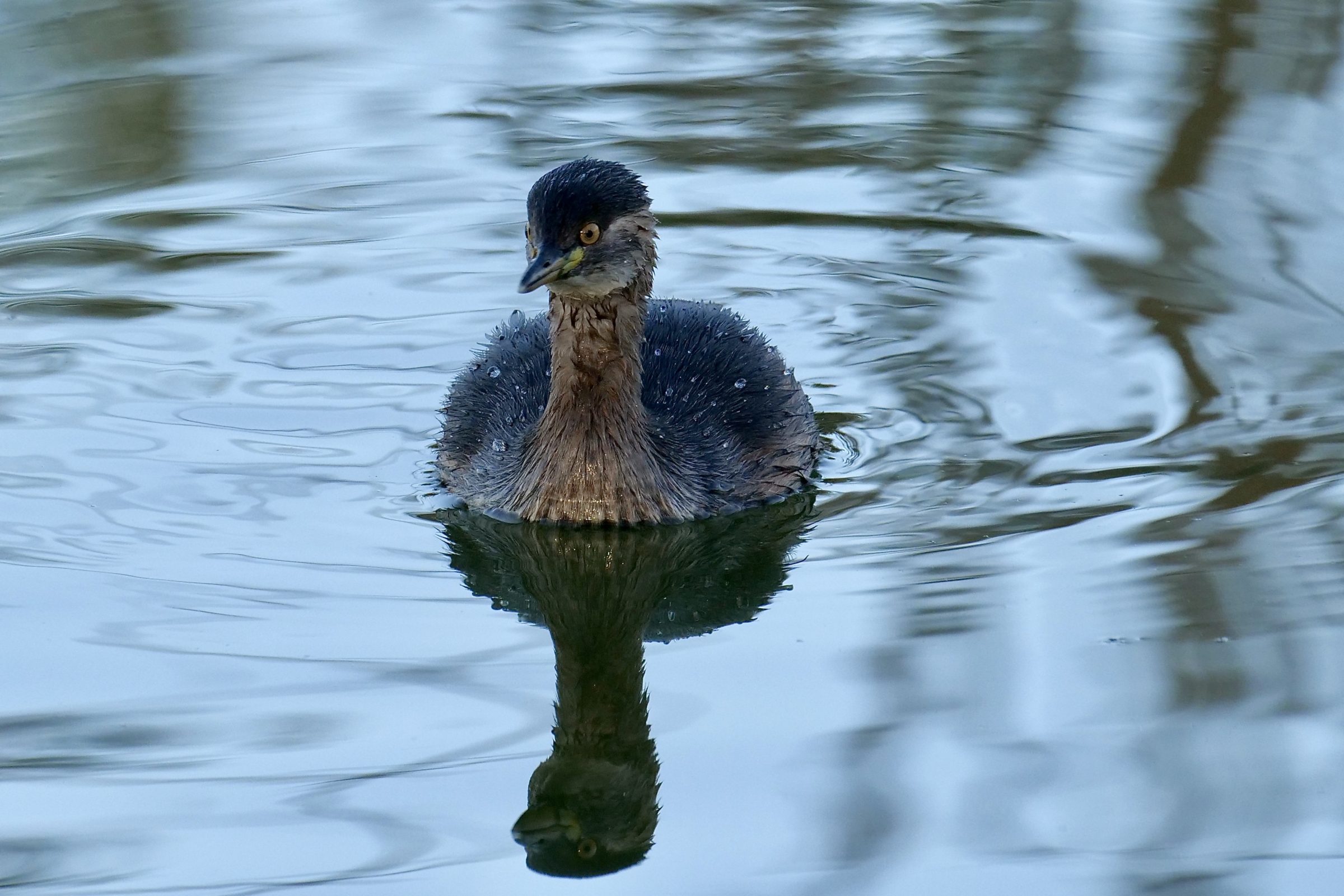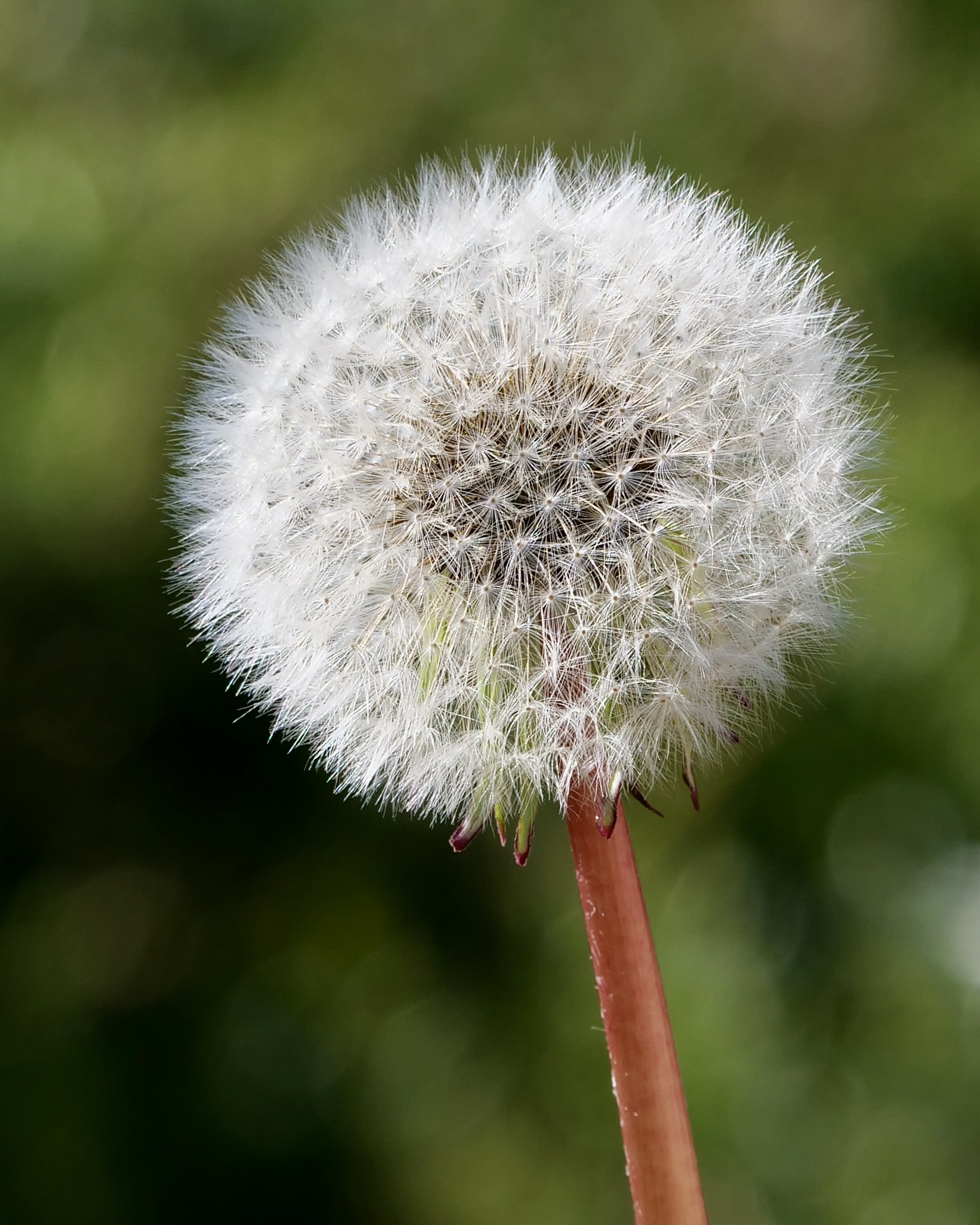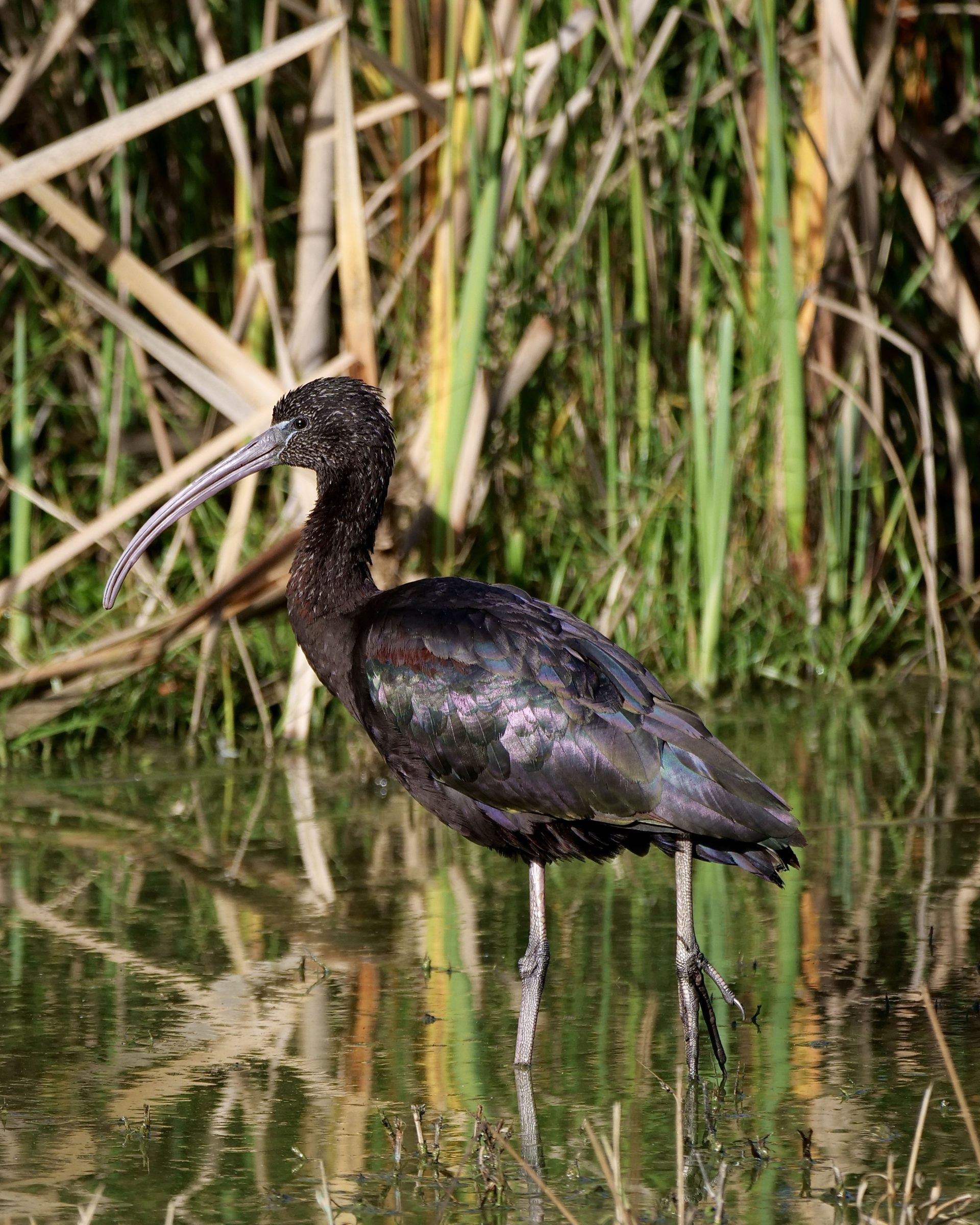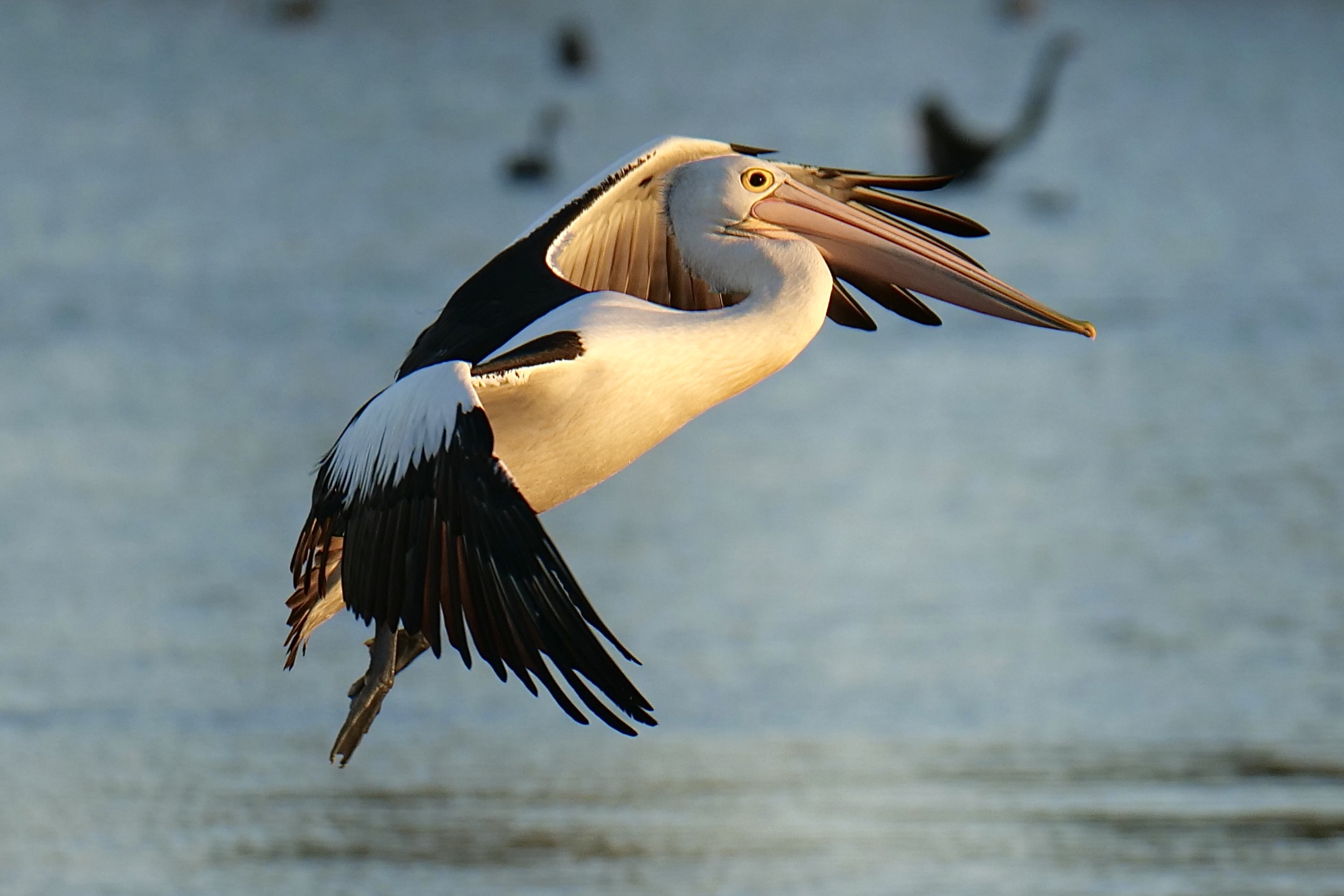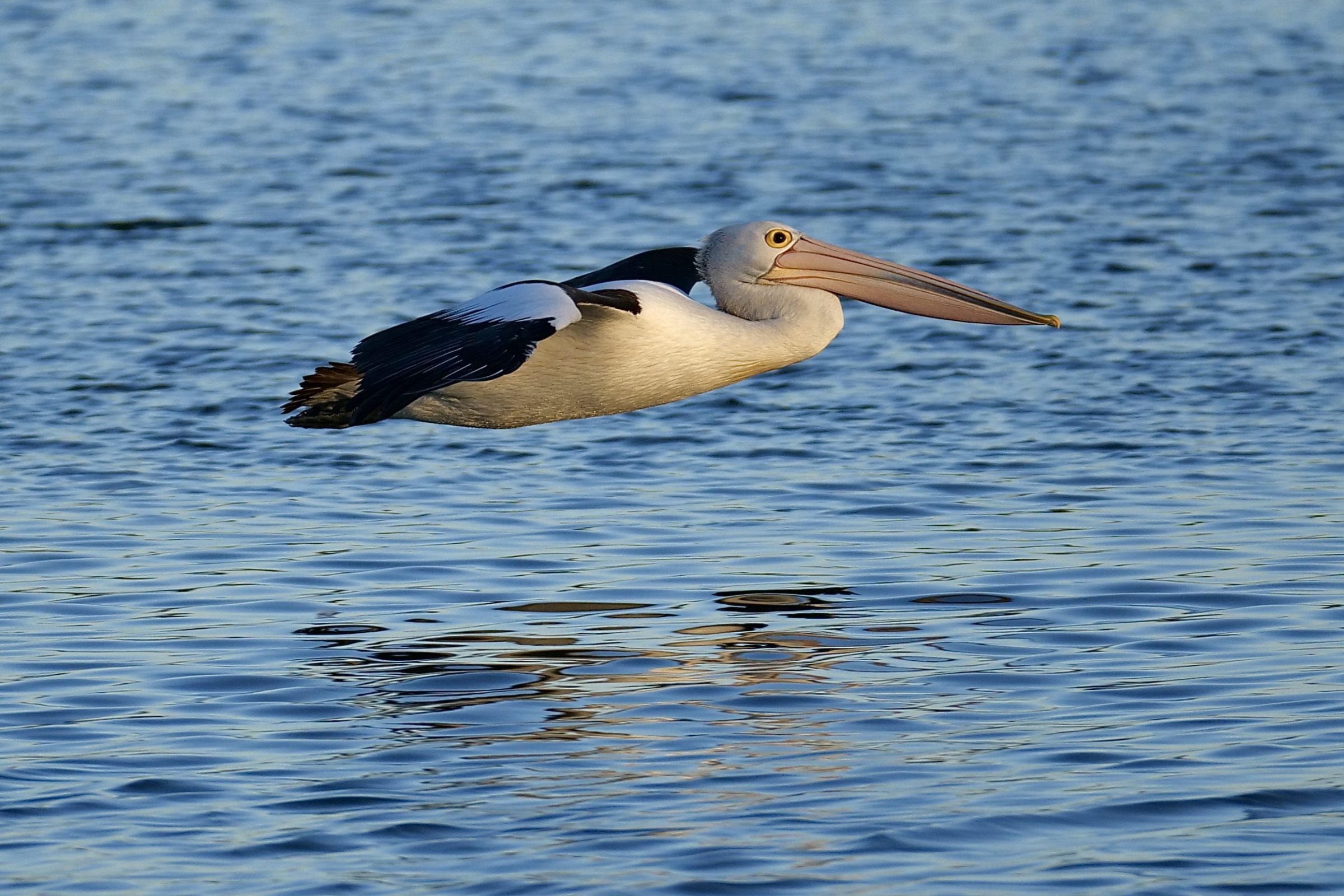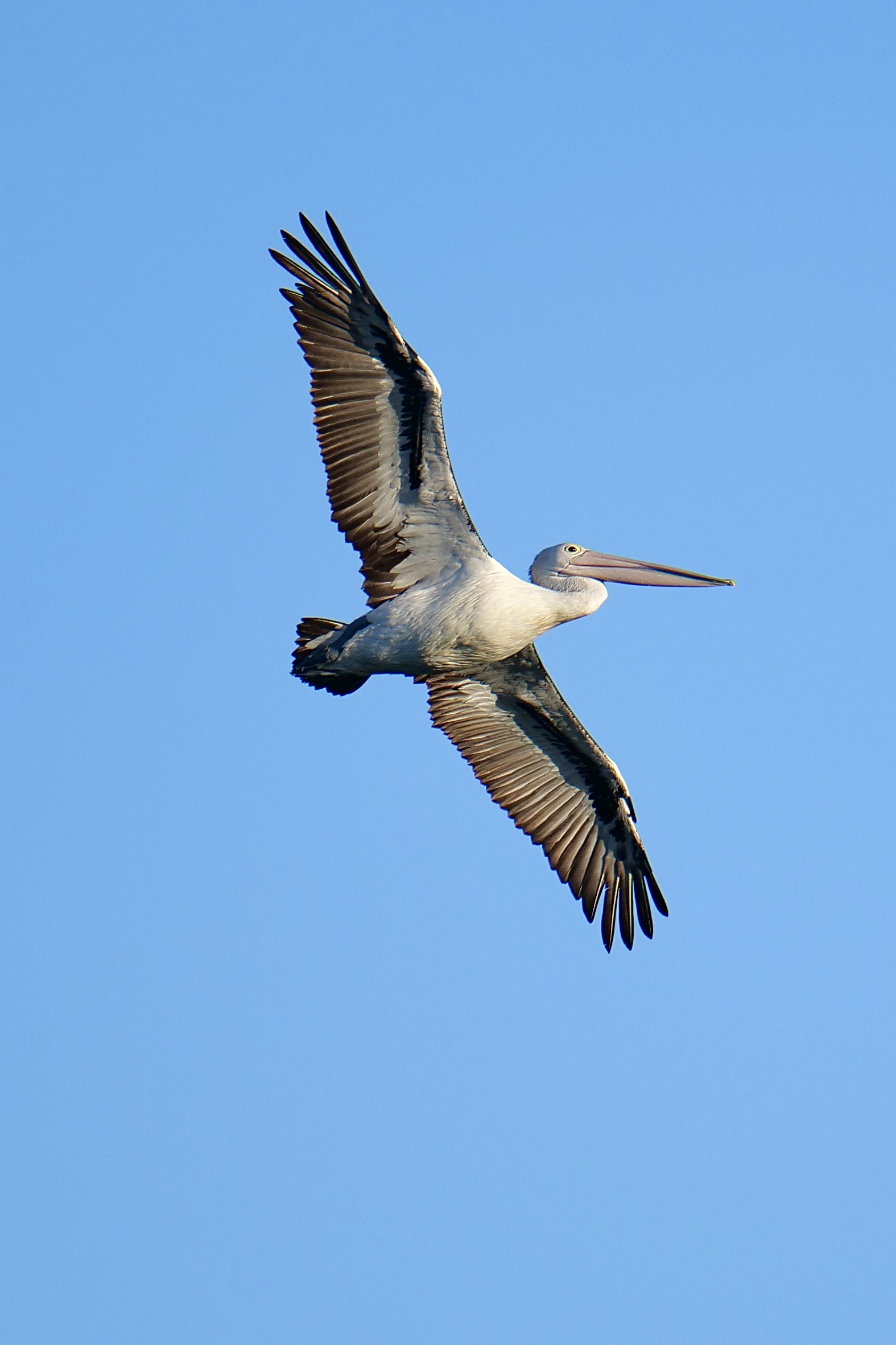Our local lake never disappoints.
That said, bird-wise, the least interesting time is during Perth’s cooler, rainier months.
Then, migratory birds have all flown north – some of them, to far-off places in Eurasia.
Other birds spread out across southwestern WA; with water and food generally-available, they do not need to congregate around “permanent” bodies of water such as Lake Monger.
Still, as today’s & tomorrow’s posts illustrate, at Lake Monger there is always some avian activity to enjoy…
Comments closed